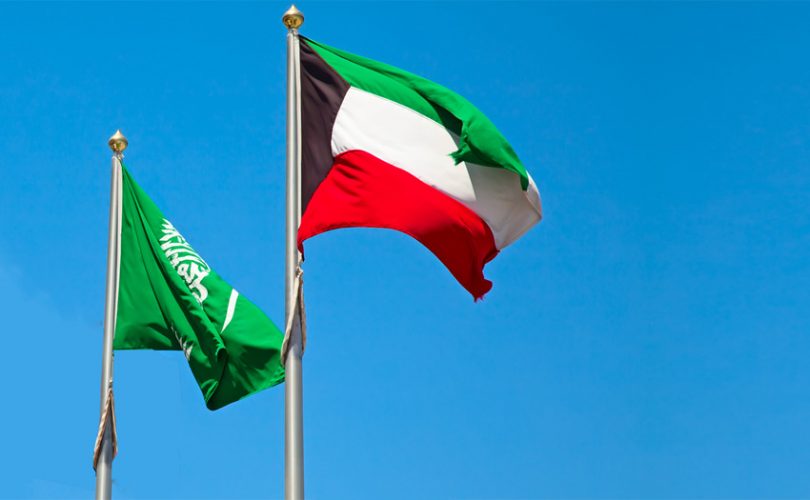Yesterday the Saudi Central Bank (SAMA) and the Central Bank of the UAE published the results of their joint central bank digital currency (CBDC) experiment, Project Aber. First announced two years ago, the central banks claimed their wholesale CBDC experiment had novel features, but one aspect stood out. One might have expected two CBDCs, one for each currency. Instead, there was a single CBDC issued by both central banks. And it wasn’t a basket currency.
That works because both the Saudi Riyal and UAE Dirham are pegged to the U.S. dollar at the same exchange rate. Hence it’s not surprising that different interest rate policies in each country and monetary policies came up as topics for further exploration.
Another novel feature highlighted was the use of real money. However, it wasn’t viable to use real commercial transactions because of legal practicalities, so instead, synthetic transactions were used.
The areas tested were payments between central banks, and domestic and cross border payments between the commercial banks. The use of a common CBDC removed the need for Nostro accounts to be maintained by commercial banks. Instead, the central banks maintained Nostro accounts with each other.
Future exploration areas include instant settlement for capital market transactions or delivery versus payment (DvP). Another topic to be explored is the use of multiple currencies.
While the current test allowed commercial banks to hold CBDC balances, an alternative to be trialed is treating the CBDC as a settlement token. That would involve issuing a CBDC for a transfer and redeeming at the end as part of a single atomic transaction.
Apart from the two central banks, six commercial banks also participated. They were the banks of Riyad, Al Rajhi and Al Inma in Saudi and Dubai Islamic, First Abu Dhabi and ENBD in the UAE. They each hosted nodes, as did the central banks, which was emphasized as having a key advantage of decentralization.
One of the findings was that by achieving decentralization, if central bank nodes are offline, the digital currency could continue to be used, even if it cannot be issued or redeemed at the central bank.
Resilience seemed to be a goal that highlighted the need for decentralization and the potential use of a distributed ledger technology (DLT) platform as a backup to real time gross settlement systems (RTGS). Given the choice of technology was between Hyperledger Fabric blockchain and Corda, decentralization is likely the main area where objectively Fabric would be a winner. However, a graphic showed Fabric as a marginal winner in several areas. Hyperledger Fabric developer IBM was the technology partner for the project. Ethereum’s Quorum was dismissed as an option based on the performance drawbacks of zero-knowledge proofs required for privacy.
Finally, the banks raised the prospect of investigating the role of central banks versus commercial banks and possibly exploring a retail CBDC.






